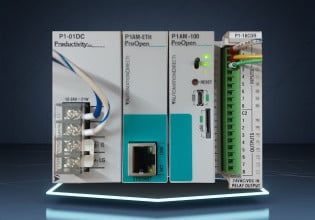L
We have a Foxboro CFS30 coriolis meter. We have calibrated the meter for density and it works well with a velocity of 2.5 to 3.5 m/s (8-11 feet/sec). When the velocity gets above about 4 m/s (about 13 feet/sec) the density reading shifts and no longer follows the calibration. Have others seen this happen? Is there anything we can do other than changing to a larger meter?






